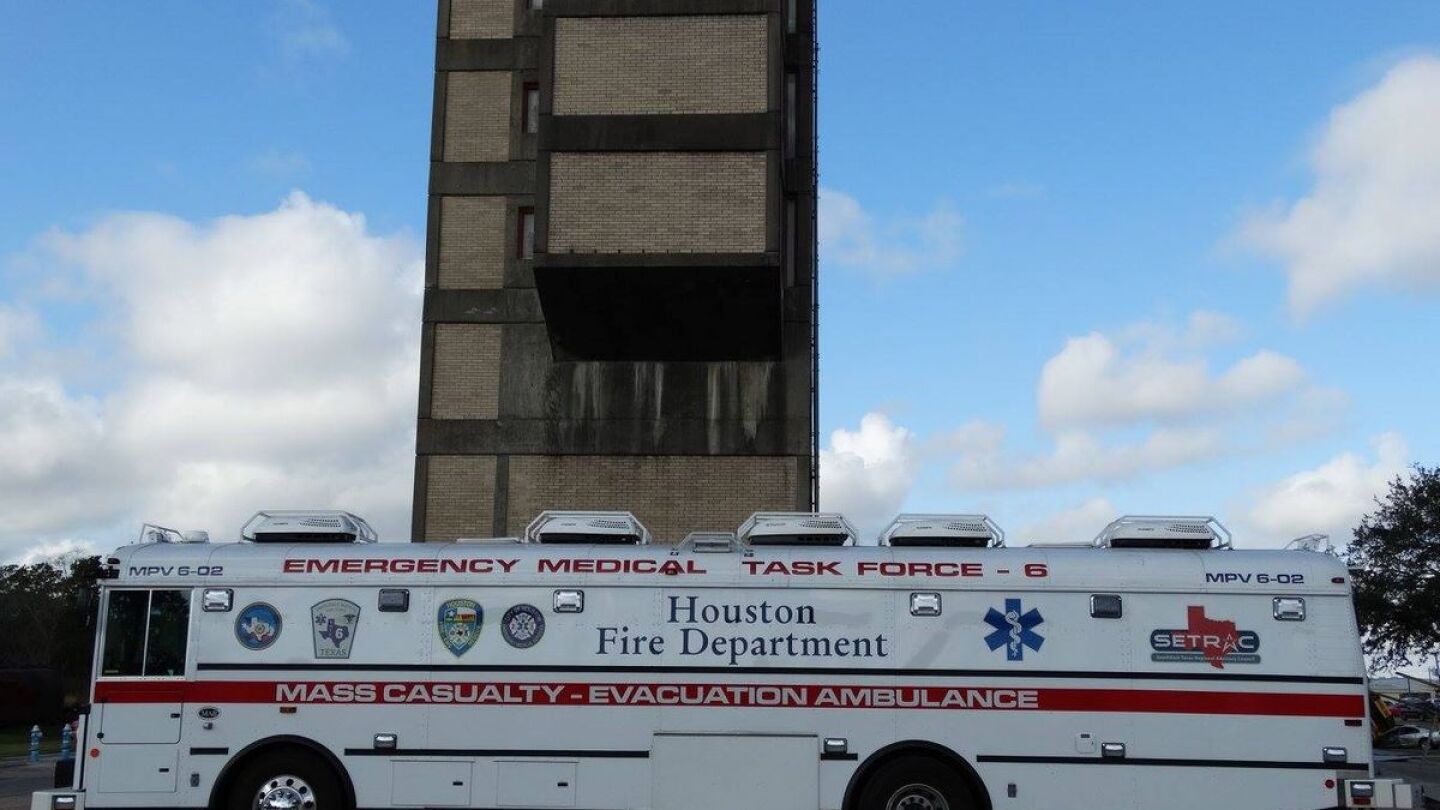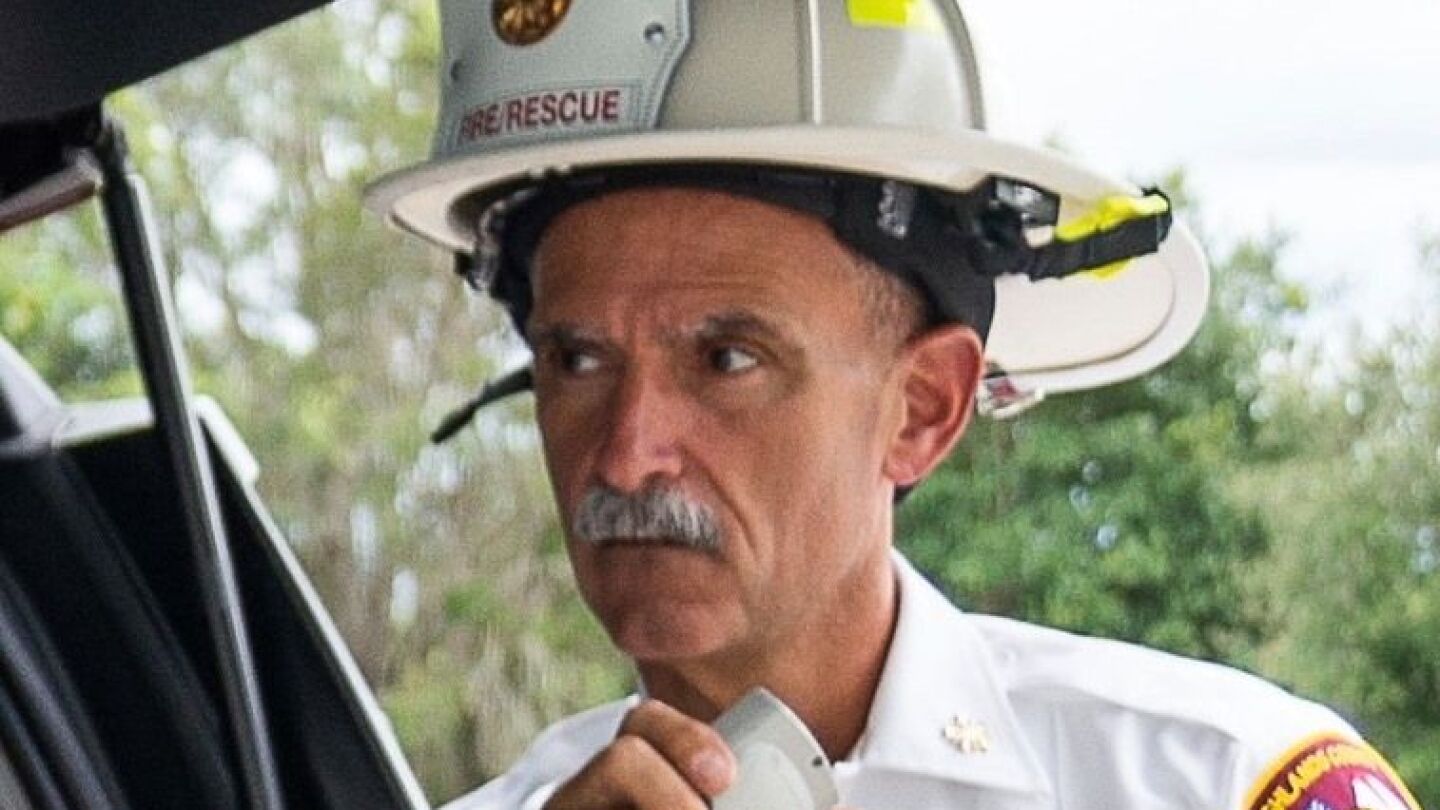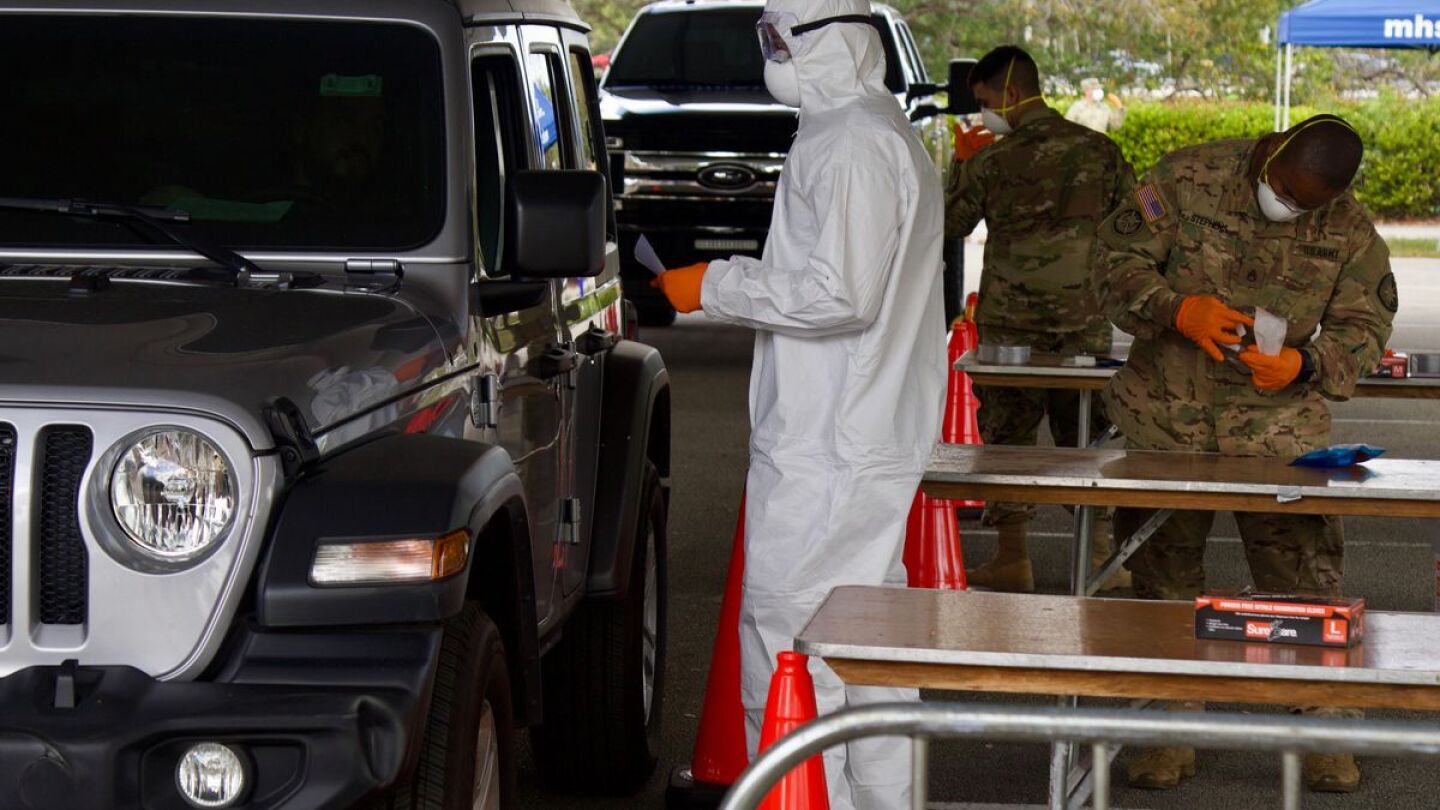ET3 - Emergency Triage, Treat and Transport Model
HHS has announced a new payment model that will make Medicare reimbursement available for certain non-transport ambulance services and ambulance transports to alternate destinations. The new model – dubbed the Emergency Triage, Treat and Transport Model, or ET3 – will make it possible for participating first responder agencies to partner with qualified healthcare providers to deliver treatment in place (on-scene or via telehealth) and with alternative destination sites (such as primary care doctors’ offices or urgent-care clinics). Find the latest ET3 news, analysis and reactions from first responders on what ET3 means for industry reimbursement and billing, as well as value-based service here.
A total of 18 EMS providers responded, and 25 Louisville Fire crewmembers assisted with treatment, triage and transport
Multiple ambulance strike teams are transporting patients to alternative facilities in the area
Review the criteria and consider making the switch
Governor signs bill prohibiting Arizona’s EMTs from persuading patients into not going to hospital
Test your ability to apply the START algorithm to a collection of simulated MCI patients
It’s time for ICs to reevaluate the first-arriving transport options and coordination with the facilities that will receive patients
Oscar Monterossa served in the U.S. Army for four years as a combat medic, but it was the Route 91 Harvest music festival shooting where the paramedic felt most vulnerable
Confidence can only be obtained through realistic MCI drills that truly test the system
An honest and objective community assessment will highlight the many potential MCI events that could occur in any jurisdiction
Keeping the strain on EMS providers front of mind
As fuel prices skyrocket, look for ways to reduce control fuel costs now, prepare for the long-term and address employee morale
Bashoor and Cebollero discuss staffing storages, apparatus and ambulance safety, the COVID-19 vaccines, ET3 and telehealth, the use of ketamine, and much more
Firefighters from 10 departments fought the three-alarm house fire
Breaking down the basics of community paramedicine and the biggest shifts in fire-based EMS
EMS must change tactics, mindset to best meet patients’ needs – and that includes patient transport beyond the ER
“When you get a call for cardiac arrest, it usually means the patient is dead,” said Kat Woods, a member of the EMS team. “This was a special job, and this is a special family.”
The licenses of Brandon Colombo and Michael Monteiro were suspended after a woman died following their denial for transport on March 4
Following news of a firefighter disciplined over patient transport in an engine, Bashoor asks a series of questions if and when this is ever the right decision
CP/MIH provides outreach, promotes wellness and navigates patients into and through the healthcare system as part of a greater objective – community risk reduction
MCHD medical directors discuss three promising treatments for COVID-19, return to work guidance and complications presenting in pediatric patients
Pinnacle 2020 Quick Take: Washington Update – The CARES Act 2.0; what the election will mean for EMS
A policy and regulation expert shares insights on the next wave of coronavirus relief funding, and the future of ET3 and telehealth
The bipartisan group of House representatives is calling for agencies to receive reimbursements for treatment-in-place responses and telehealth use
When cutting expenditures, be careful you don’t put your patients and agency at risk
CMS has relaxed ambulance regulations and rules to assist EMS agencies nationwide during the public health emergency
Learn how COVID-19 has impacted fire/EMS and how public safety has adjusted its response
The Centers for Medicare & Medicaid Services has selected 205 applicants to test the program for five years
The city will become one of the first to try the program, which is designed to reduce Medicare costs by reimbursing non-hospital transports





























